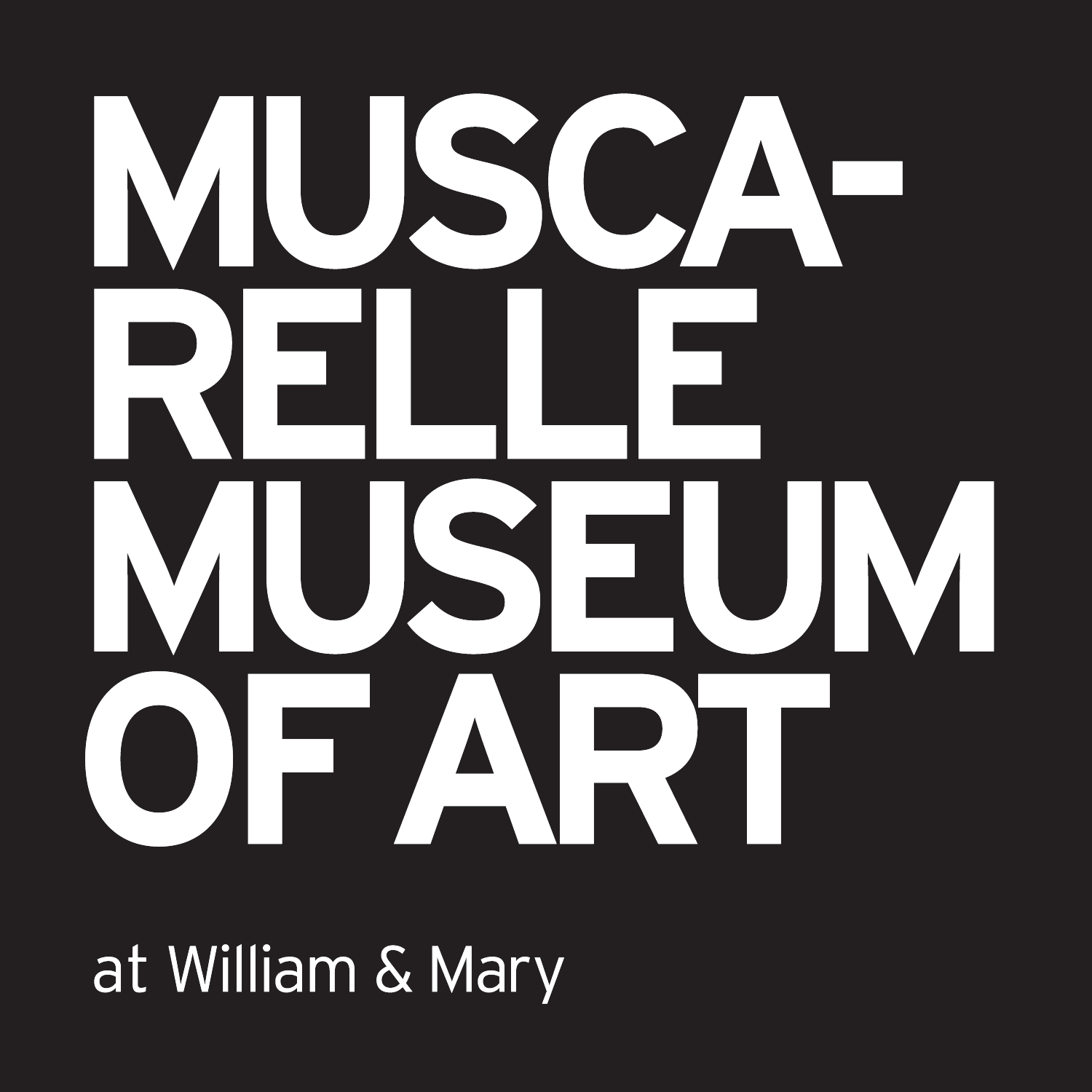
In Memory Still: A Kiowa Legacy
September 10, 2011 - November 13, 2011
In Memory Still: A Kiowa Legacy in Art traces the enduring artistic tradition of American Indian artists, known as the Kiowa Five, from their roots in Plains culture to their lasting influence upon contemporary Native artwork. The exhibition features the renowned 1929 portfolio titled “Kiowa Indian Art,” that received critical acclaim in Europe and the United States. Under the mentorship of University of Oklahoma professor Oscar Jacobson, the Kiowa Five were among the first Native artists to be artistically trained in a university setting. Countering pressures to assimilate into mainstream society, these artists chose to depict aspects of traditional Kiowa culture in their paintings. Although the Kiowa Five remained together for less than a decade, their work continues to influence contemporary American Indian artists. In Memory Still will be on view at the Museum September 10 – November 13, 2011.
Increased interaction with frontiersman and homesteaders during the second half of the nineteenth century led to indigenous innovations in areas, such as beadwork and silverwork. This period also marked a transformation and extension of earlier pictorial traditions, which memorialized individual deeds as well as commemorated community events. The introduction of new media of pencils and ledger books as a paper source offered a new way to memorialize key events marking the rise and development of ledger art.
The 1875 detainment of seventy-two Plains Indian prisoners of war at Fort Marion in St. Augustine, Florida, twenty-seven of whom were Kiowa, ushered in a lasting transformation in two dimensional works on paper. The thematic content of the Fort Marion ledgers was varied. Prisoners expressed nostalgia for distant homelands, illustrated violent encounters with the U.S. Army, and documented the cultural transformations that came about due to the forces of pacification and assimilation. The sale of ledger works by Army officers at Fort Marion and by the Native POWs, marked the start of a new entrepreneurial era for Plains Indian art.
The Kiowa Five – Spencer Asah, James Auchiah, Jack Hokeah, Stephen Mopope, Monroe Tsatoke, and Lois (Louise) Smoky – inherited the ledger art tradition. Several received their earliest art instruction from former Fort Marion ledger artists, who were elders in the tribe. All six studied in a special art class at the University of Oklahoma, although only five worked together at any given time. Professor Jacobson released a portfolio of the artists’ combined work entitled “Kiowa Indian Art” at the end of their art instruction garnering the Kiowa Five international attention.
Contemporary Native artists have adopted many stylistic elements of Kiowa Five art, while also incorporating modern themes and techniques. The exhibit will feature a number of contemporary Native American artists such as Acee Blue Eagle (Creek-Pawnee-Wichita), T.C. Cannon (Kiowa-Caddo-Choctaw), Dolores Purdy (Caddo) and Thomas Poolaw (Kiowa, Delaware), who continue to draw on the Kiowa Five legacy of expressing culture through art.


